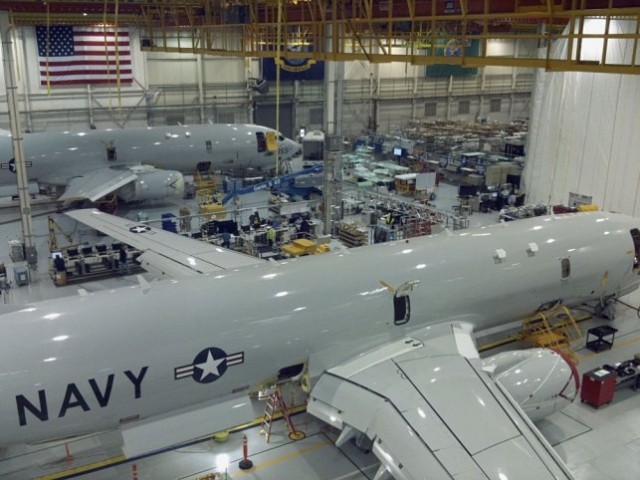 Poseidon's backlog run to 2025
Poseidon's backlog run to 2025
On 7 July 2022, the newest US Navy Boeing P-8 Poseidon Maritime Patrol Aircraft (MPA), BuNo 170013 (c/n 66976/9065), took to the skies at Boeing Field, Seattle (WA) for delivery to the Airborne Test and Evaluation Squadron (VX) 1 Pioneers ('JA-xxx'), based at Naval Air Station Patuxent River (MD).
According to Boeing, there are now 150 P-8s in service worldwide; US Navy (112x), Indian Air Force (12x, called P-8I Neptune), Royal Australian Air Force (12x), Royal Air Force (9x) and Royal Norwegian Air Force (5x). The 150 aircraft do not include the six test aircraft (T1 to T6) that were delivered to the US Navy during the early part of the programme.
The following armed forces have ordered the P-8A Poseidon and these will be delivered in the coming years: Royal New Zealand Air Force (4x), Republic of Korea Navy (6x) and German Navy (5x). It is reported that Germany will buy an additional seven P-8s, bringing the fleet to twelve aircraft. However, this has not officially been confirmed yet.
When no new orders will be made in 2022, Boeing reports that it will be very difficult to maintain the current production line at Seattle.
It might be that Boeing will decide to built a number of white tails, because they anticipate more countries will order the Poseidon. Potential customers are Canada, Greece, Spain, Turkey, Republic of China (Taiwan) and Saudi Arabia. In February 2022, Canada issued a Request for Information (RFI) to potential suppliers for the Canadian Multi-Mission Aircraft (CMMA).
The P-8A Poseidon/P-8I Neptune is a militarised version of the Boeing 737-800ERX, a 737-800 with 737-900-based wings. The fuselage is similar to, but longer than, the 737-700-based C-40 Clipper transport aircraft in service with the US Navy. The P-8 has a strengthened fuselage for low-altitude operations and raked wingtips similar to those fitted to the Boeing 767-400ER, instead of the blended winglets available on 737NG variants. In order to power additional onboard electronics, the P-8 has a 180 kVA electric generator on each engine, replacing the 90 kVA generator of civilian 737s; this required the redesigning of the nacelles and their wing mountings.
Photo by Jane’s / Gareth Jennings

